Reportar esta entrada
Más sobre la misma comunidad-colección
100 Años de Excelencia en el Deporte - 2016
Centennial Legacy Series - March 24, 2016. El Paso High ...
100 Años de Excelencia en el Deporte - 2016
Photograph of the famous tiger mascot - during the celebration ...
100 Años de Excelencia en el Deporte - 2016
David Cardenas - Soccer - 1986 David Cardenas honored for ...
100 Años de Excelencia en el Deporte - 2016
Orlando Cervantes honored for football, basketball, and baseball ...
100 Años de Excelencia en el Deporte - 2016
Ruben Escandon - honored for golf - during the centennial legacy ...
100 Años de Excelencia en el Deporte - 2016
El Paso High School honored its many athletes, cheerleaders and ...
100 Años de Excelencia en el Deporte - 2016
100 Years of Excellence In Sports - 2016 Edmundo Torres - ...
100 Años de Excelencia en el Deporte - 2016
100 Years of Excellence In Sports - 2016 Marie Pier - Flores ...
100 Años de Excelencia en el Deporte - 2016
100 Years of Excellence In Sports - 2016 Marie Pier - Flores ...
100 Años de Excelencia en el Deporte - 2016
100 Years of Excellence In Sports - 2016 Bobby Goldfarb - ...
Centenario - Escuela secundaria El Paso - 2016
Joey Nevarez -basketball - 1977, Caesar Alvarado - basketball - ...


















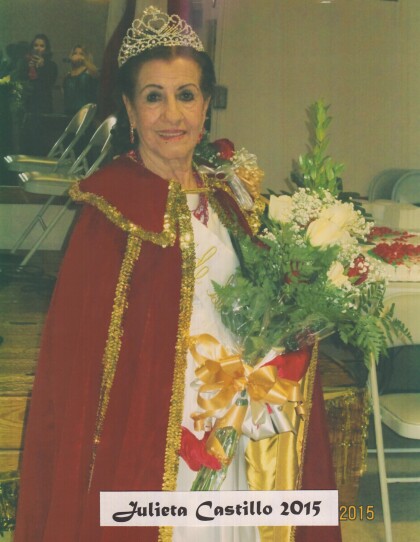
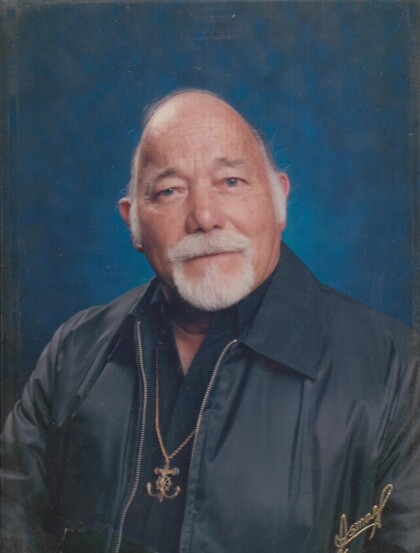
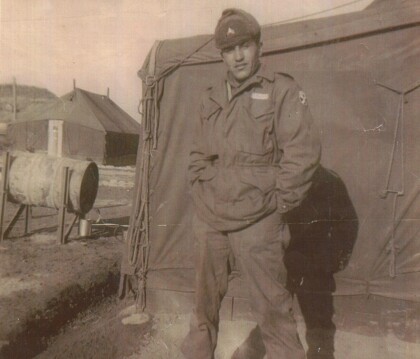
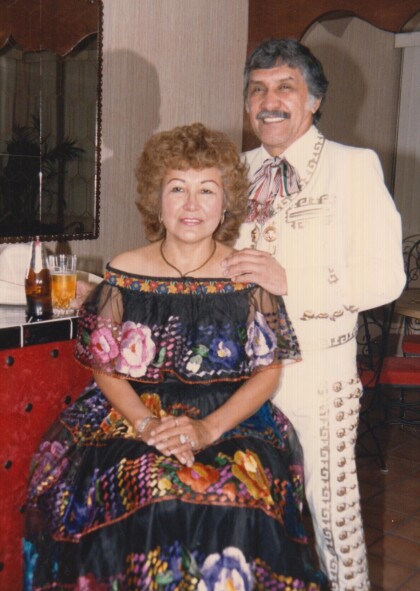
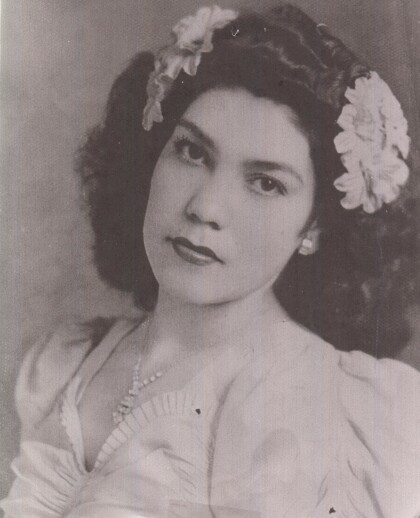



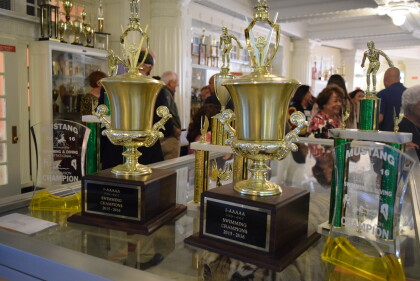

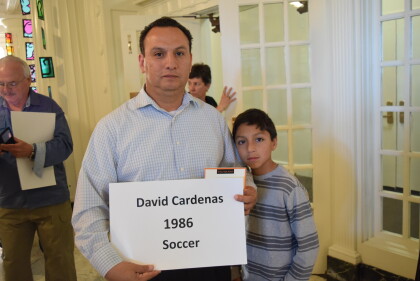
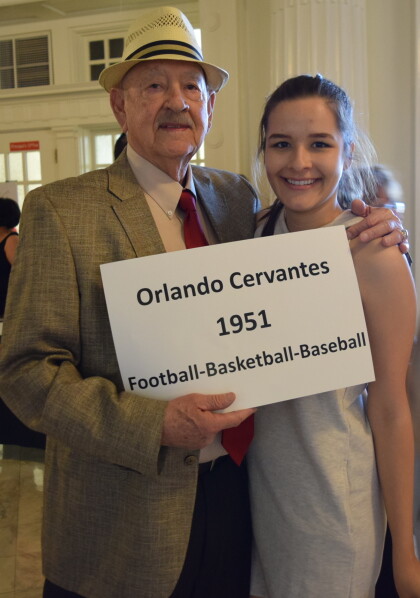
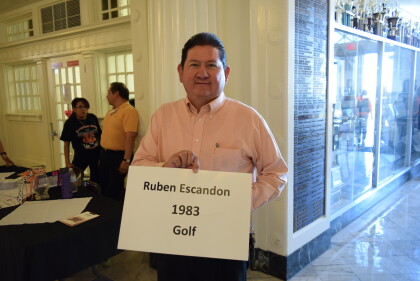

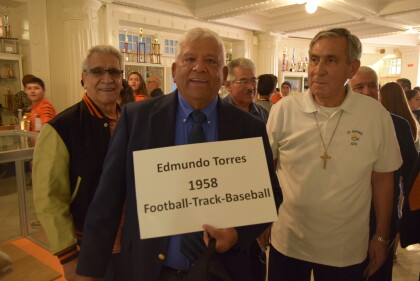


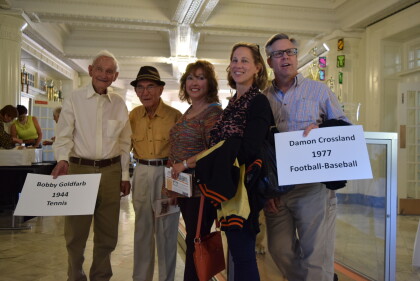
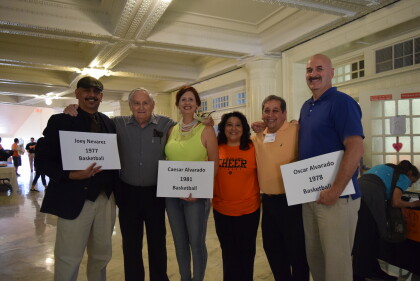



Comentarios
Hacer un comentario